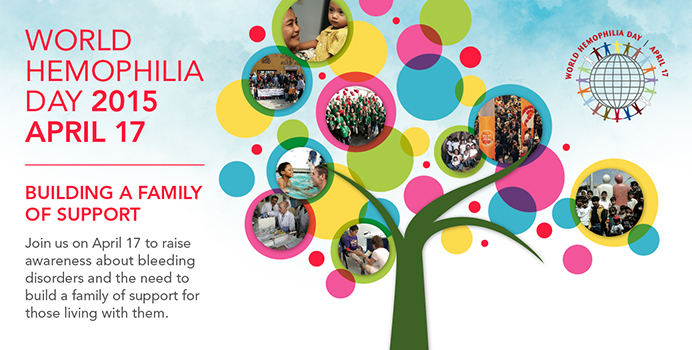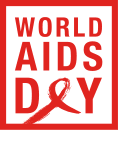This year, on November 8, the European Society of Radiology (ESR), the Radiological Society of North America (RSNA) and the American College of Radiology (ACR) will celebrate the fifth International Day of Radiology (IDoR 2016), along with radiological societies the world over. This follows the successful International Days of Radiology, starting in 2012, which were held with the aim of building greater awareness of the value that radiology contributes to safe patient care, and improving understanding of the vital role radiologists play in the healthcare continuum.
Medical imaging is one of the most exciting and progressive disciplines in healthcare and a field of great activity in terms of technological and biological research. X-rays, MRI scans, ultrasound and numerous other medical imaging technologies, as well as the eye-catching images associated with them, are known to many people, but the exact purpose and value of these services is not widely understood by the public.
We therefore chose November 8, the day that Wilhelm Conrad Röntgen discovered the existence of x-rays in 1895, as a day of action and awareness. We hope to alert the world to the stunning medical, scientific and even artistic possibilities of medical imaging, the essential role of the radiologist as a part of the healthcare team in countless medical scenarios, and the high educational and professional standards required of all staff working in medical imaging.

Breast imaging has been chosen as the main theme of the day, to highlight the important role that radiology plays in the detection, diagnosis and management of diseases of the breast. To fulfil this purpose the organisers are this year cooperating with the European Society of Breast Imaging (EUSOBI) and the Society of Breast Imaging (SBI).
The day is a joint initiative of the ESR, the RSNA and the ACR, with the full cooperation and involvement of the International Society of Radiology (ISR), as well as umbrella organisations on all continents, including the Asian Oceanian Society of Radiology (AOSR), the Colegio Interamericano de Radiología (CIR), the Royal Australian and New Zealand College of Radiologists (RANZCR), and the Radiological Society of South Africa (RSSA – which also represents neighbouring countries). The European Federation of Radiographer Societies (EFRS) also supports the International Day of Radiology.
Source: Text: European Society of Radiology; Image: Facebook
 World Osteoporosis Day is celebrated on October 20, 2017. World Osteoporosis Day is observed annually, and launches a year-long campaign dedicated to raising global awareness of the prevention, diagnosis and treatment of osteoporosis and metabolic bone disease.
World Osteoporosis Day is celebrated on October 20, 2017. World Osteoporosis Day is observed annually, and launches a year-long campaign dedicated to raising global awareness of the prevention, diagnosis and treatment of osteoporosis and metabolic bone disease. ELIMINATE HEPATITIS
ELIMINATE HEPATITIS
 March 24 commemorates the day in 1882 when Dr Robert Koch astounded the scientific community by announcing to a small group of scientists at the University of Berlin’s Institute of Hygiene that he had discovered the cause of tuberculosis, the TB bacillus.
March 24 commemorates the day in 1882 when Dr Robert Koch astounded the scientific community by announcing to a small group of scientists at the University of Berlin’s Institute of Hygiene that he had discovered the cause of tuberculosis, the TB bacillus.

 The WHD was first inaugurated in May 2005 and has become an annual event ever since. The purpose of the WHD is to promote public awareness of hypertension and to encourage citizens of all countries to prevent and control this silent killer, the modern epidemic. The theme for World Hypertension Day is Know Your Numbers with a goal of increasing high blood pressure (BP) awareness in all populations around the world.
The WHD was first inaugurated in May 2005 and has become an annual event ever since. The purpose of the WHD is to promote public awareness of hypertension and to encourage citizens of all countries to prevent and control this silent killer, the modern epidemic. The theme for World Hypertension Day is Know Your Numbers with a goal of increasing high blood pressure (BP) awareness in all populations around the world.